Car News

Report: Audi Will Build Off-Road SUV with Scout’s Help
The Wall Street Journal reports that Audi will soon build a Land Rover Defender rival on a Scout Motors platform
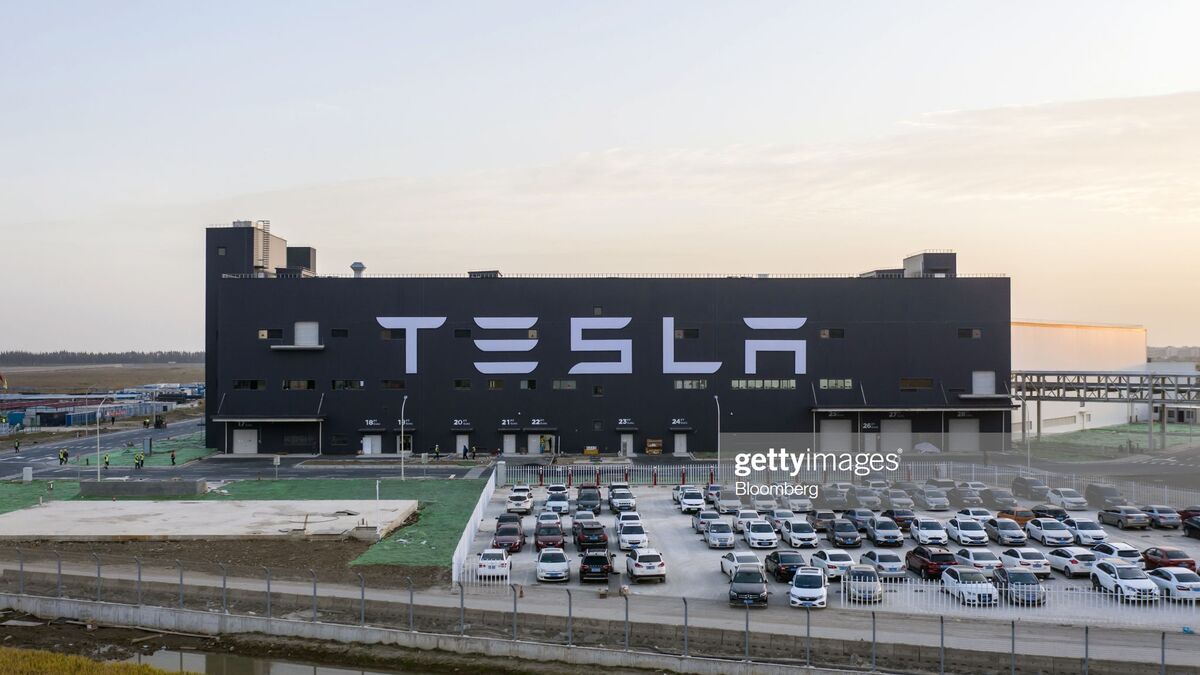
Report: Tesla Aims for a Car with No Chinese Parts
Tesla is already the most American of the American automakers; however, its now looking to eliminate all Chinese-made parts from its vehicles sold in the U.S.

BMW 3 Series Gets a Special Edition to Celebrate 50 Years
BMW will release a special edition model to celebrate the 50th anniversary of its iconic 3 Series sport sedan in 2026

Report: Tesla Will Add Apple CarPlay
A new report says Tesla will soon add Apple CarPlay to its vehicles — a move the automaker has long resisted.
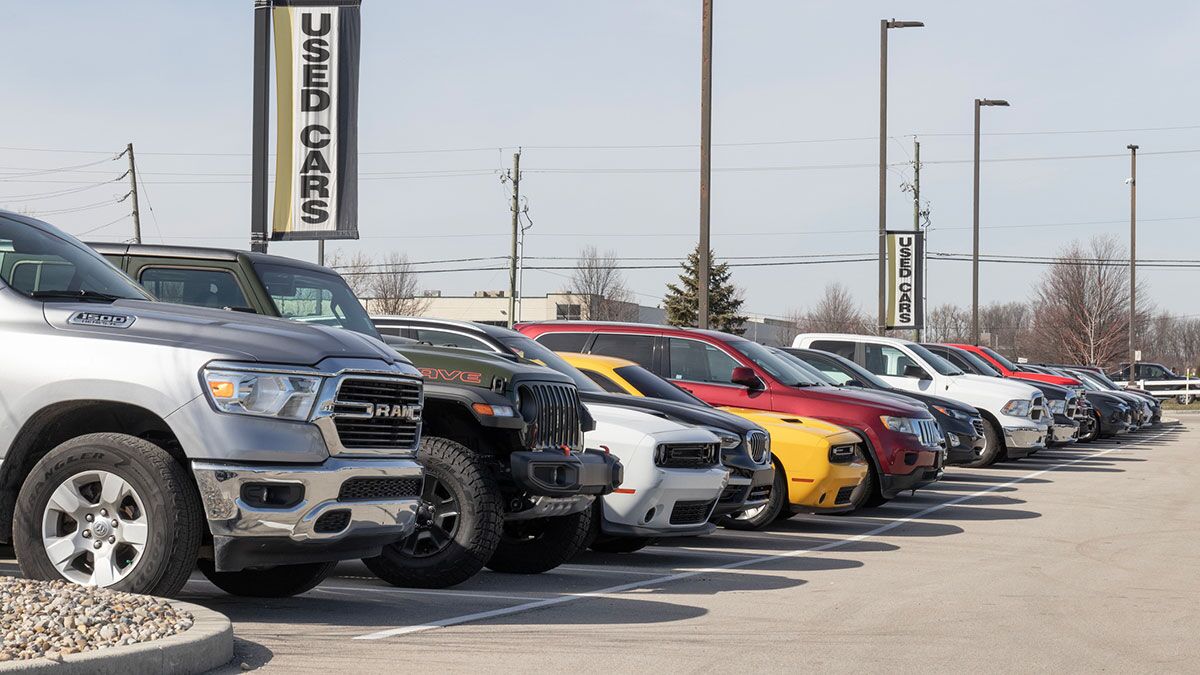
Average Used Car Price Rises Modestly
The price of the average used car increased by $56 in October, ending the month at $25,945. Prices are up 2% from one year ago.
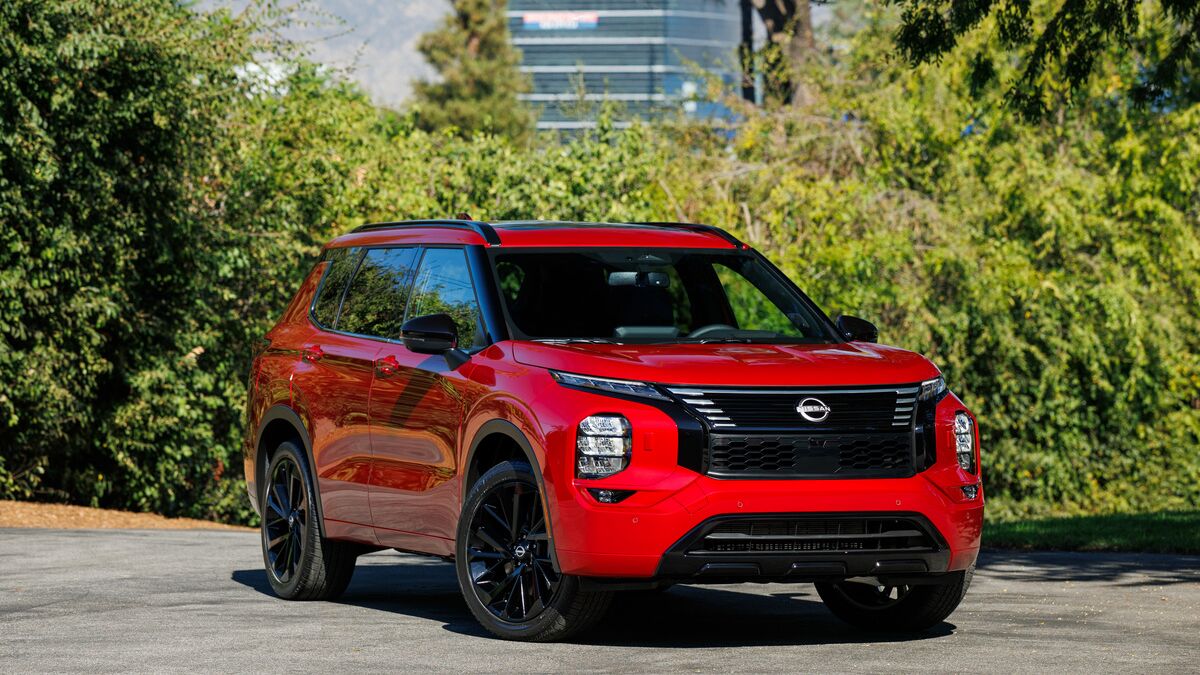
The 2026 Nissan Rogue Hybrid is a Rebadged Mitsubishi Outlander
Nissan today unveiled the new 2026 Rogue Plug-In Hybrid, which is essentially a Mitsubishi Outlander PHEV with a Nissan Badge

Driving the 2025 Lincoln Navigator Reserve
In a week of driving, the 2025 Lincoln Navigator proves as much a spa as vehicle, with a genuinely brilliant interface.
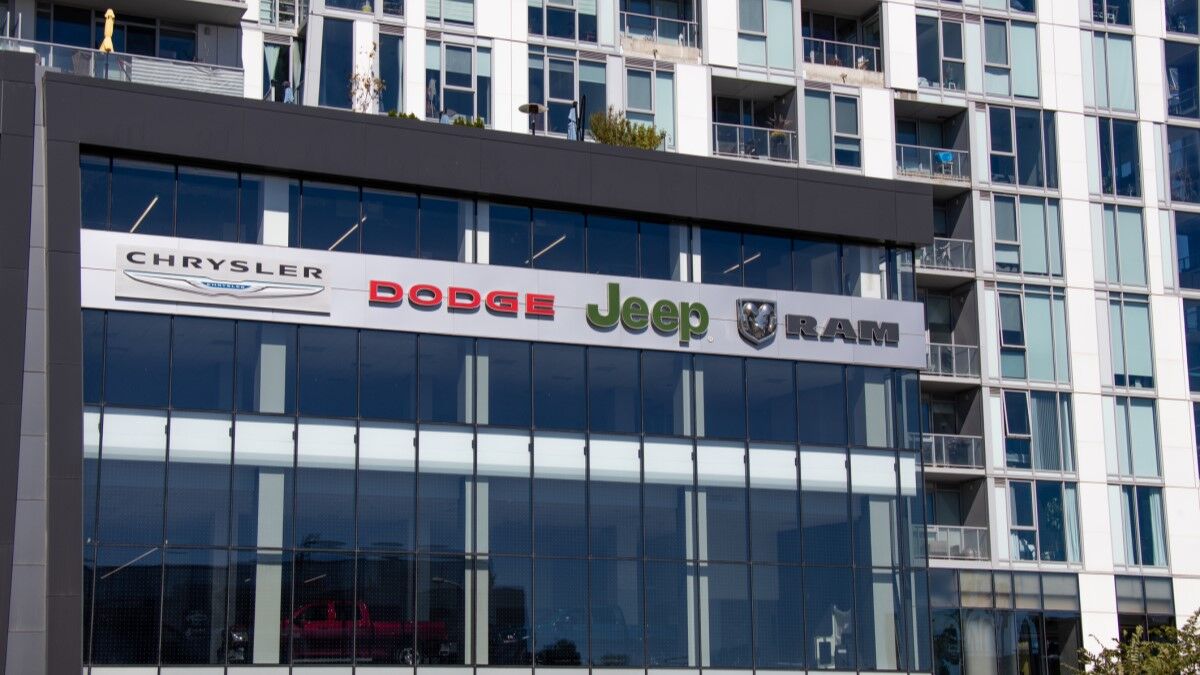
Nationwide New Car Inventory Growing as Holidays Near
America's car dealers have about 4% more cars to sell than last month as the holidays approach — a good sign for prices.

Jeep Wrangler Moab 392 Has a Hemi for $20K Less
Jeep this week released a new special edition Wrangler, the Moab 392, with a V8 engine for about $20,000 less than other V8 Wranglers.

2026 Nissan Pathfinder SUV: More Standard Features and Tech
The refreshed 3-row midsize SUV has a fresh face and features a standard 12.3-inch touchscreen with wireless Apple CarPlay and Android Auto.
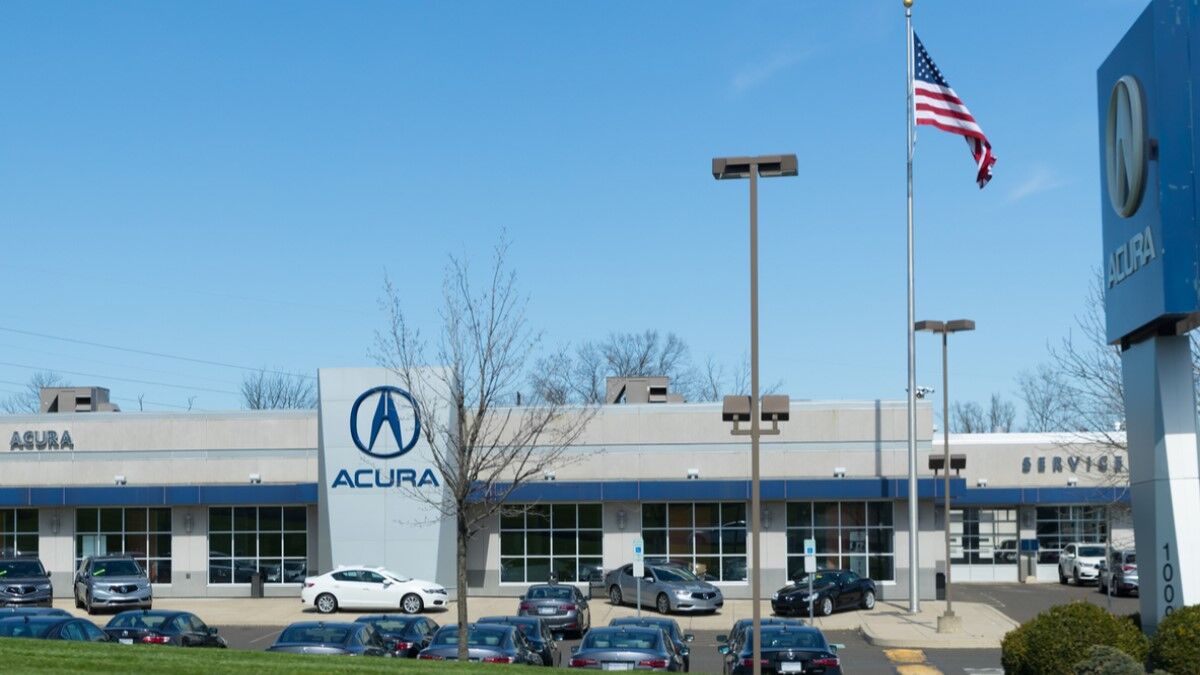
Average New Car Price Drops Back Below $50K
The average American new car buyer paid $49,766 in October, down from $50,080 in September. But cars aren’t getting any less expensive.

Mercedes-Benz GLB Debuts as Small EV With Big Screens
The redesigned Mercedes-Benz GLB debuts as an electric vehicle with an optional dash wall of screens.

Jeep Builds a Limited-Edition Wrangler for Service Members
Jeep and off-road tuner Fox Factory will build 250 copies of a special-edition Wrangler for service members, the Jeep Wrangler Commando.

Report: Toyota Toying With a Supercar Brand
A new report says Toyota could launch a standalone performance car brand called GR, starting with a high-powered exotic car.